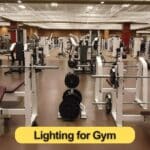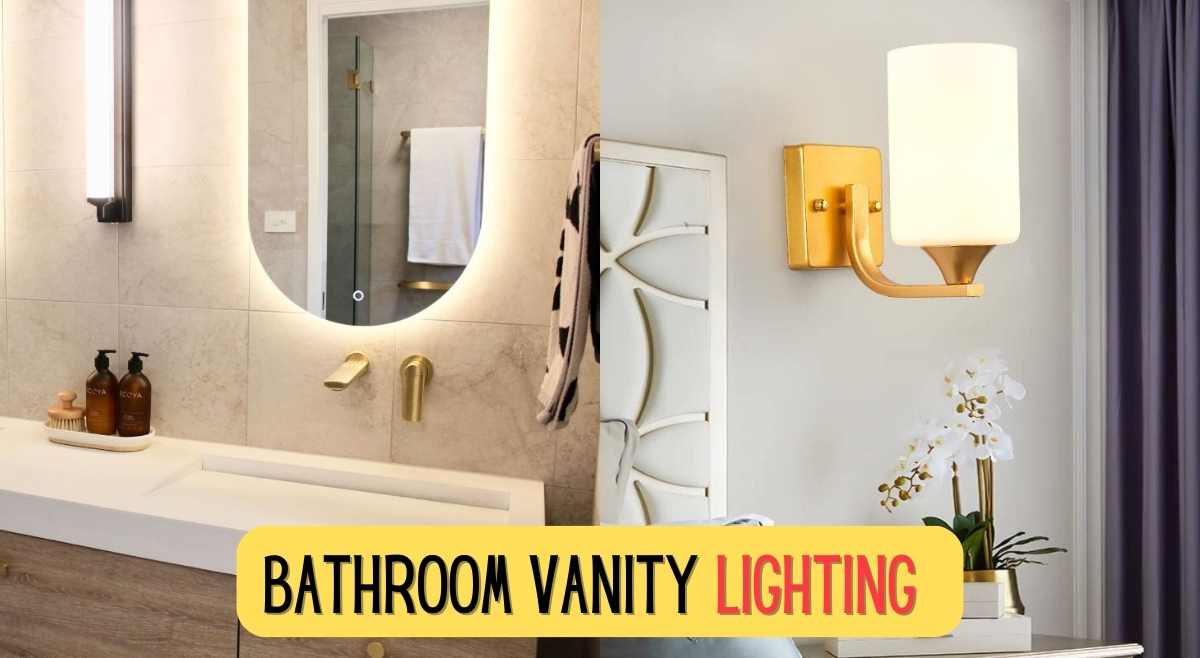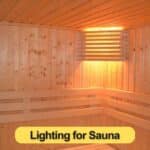In this article, we explore the significance of lighting in a dance studio and how it can greatly impact the overall dance experience for performers and spectators.
We will discuss the ways in which proper lighting can enhance the ambience and mood of a dance performance, as well as create a visually stunning and captivating experience for the audience.
Introduction
Contents
Dance studios are more than just spaces for movement; they are creative sanctuaries where dancers express themselves, rehearse, and perform. One crucial aspect of any dance studio is its lighting.
Proper lighting not only enhances visibility but also sets the mood, influences energy levels, and impacts overall performance. In this article, we’ll explore essential dance studio lighting tips to create an environment that inspires and supports dancers.

Understand the Importance of Dance Studio Lighting
Before diving into specific lighting techniques, let’s recognise why lighting matters in a dance studio:
- Visibility: Adequate lighting ensures dancers can see their movements clearly, reducing the risk of injury.
- Atmosphere: The right lighting sets the tone for rehearsals, classes, and performances. It can evoke excitement, calmness, or focus.
- Energy Levels: Bright, dynamic lighting encourages high-energy routines, while softer lighting suits lyrical or contemporary dances.
Natural Light and Windows
If possible, maximize natural light by positioning dance studios near windows. Sunlight provides a refreshing ambiance and positively affects mood. However, consider window coverings to control glare during specific hours.
Layered Lighting
Create layers of light to achieve balance:
- General Lighting: Overhead fixtures provide uniform illumination for the entire space.
- Task Lighting: Install adjustable spotlights or track lights for specific areas like mirrors, barres, and corners.
- Accent Lighting: Highlight architectural features, artwork, or focal points with accent lights.
Color Temperature
Choose light bulbs with the right color temperature:
- Cool White (5000K+): Ideal for energetic routines and rehearsals.
- Neutral White (4000K): Balanced and versatile.
- Warm White (2700K-3000K): Creates a cozy, inviting atmosphere.
Dimmers and Controls
Install dimmer switches to adjust lighting intensity. Dancers need brighter light during practice but may prefer softer lighting during cooldowns or stretching.
Avoid Shadows
Position lights strategically to minimize shadows. Shadows can distort movements and hinder visibility. Use wall-mounted fixtures to reduce floor shadows.
Mirrors and Lighting
Place mirrors opposite light sources to enhance visibility. Mirrors reflect light, making the studio appear more spacious and well-lit.
Safety Measures
Secure Fixtures: Ensure all fixtures are securely mounted to prevent accidents during intense movements.
Cover Bulbs: Use protective covers or shatterproof bulbs to prevent glass shards if a bulb breaks.







